
Culture
16:38, 30-Apr-2019
Angkor Wat: The prosperity of the Khmer civilization
By Jiang Qingrui
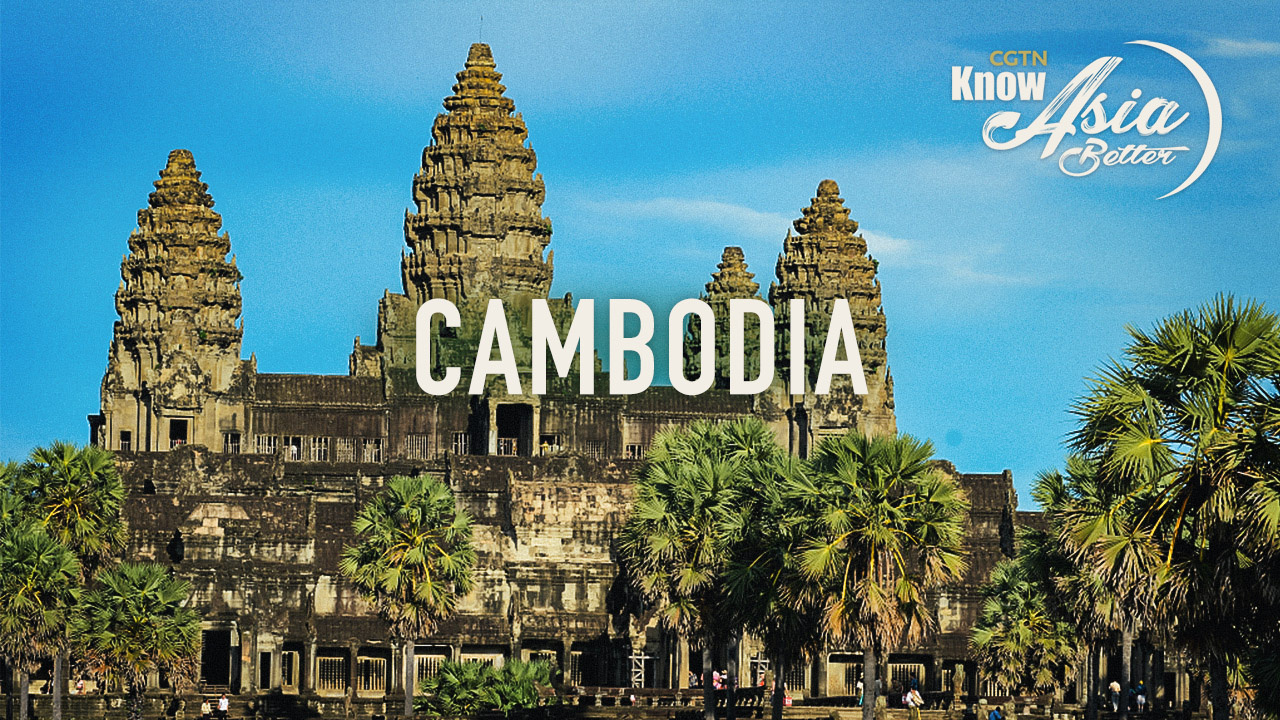
Angkor Wat, Cambodia's famed architectural complex, stands as powerful representative of the country's history.
Lying in Siem Reap, a province in the north of Cambodia, the 400-square-kilometer Angkor Archaeological Park contains architecture and cultural relics of the Khmer Empire between 9th and 15th centuries.
There are many famous well-preserved temples in the site: Angkor Wat, the Bayon, Preah Khan Ta Prohm, and more, that were built for Hindus in earlier times and for Buddhists later. The architectural complex has a large number of cultural relics, including sculptures, niches, pagodas, ambulatories, etc. It also has hydraulic structures like dykes and reservoirs, reflecting the ancient wisdom of utilizing natural resources in the ancient city-like complex.
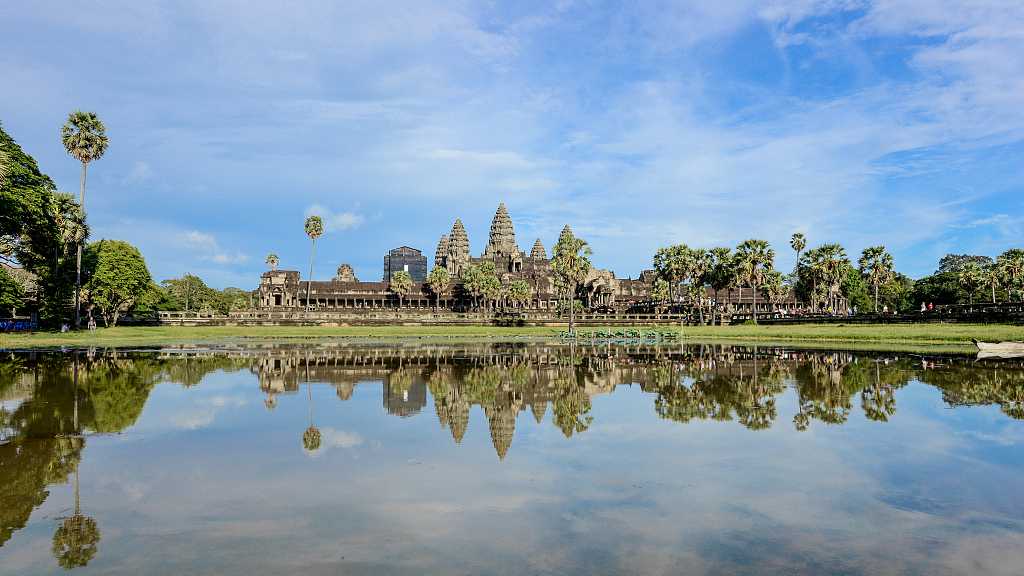
A general view of Angkor Wat. /VCG Photo
A general view of Angkor Wat. /VCG Photo
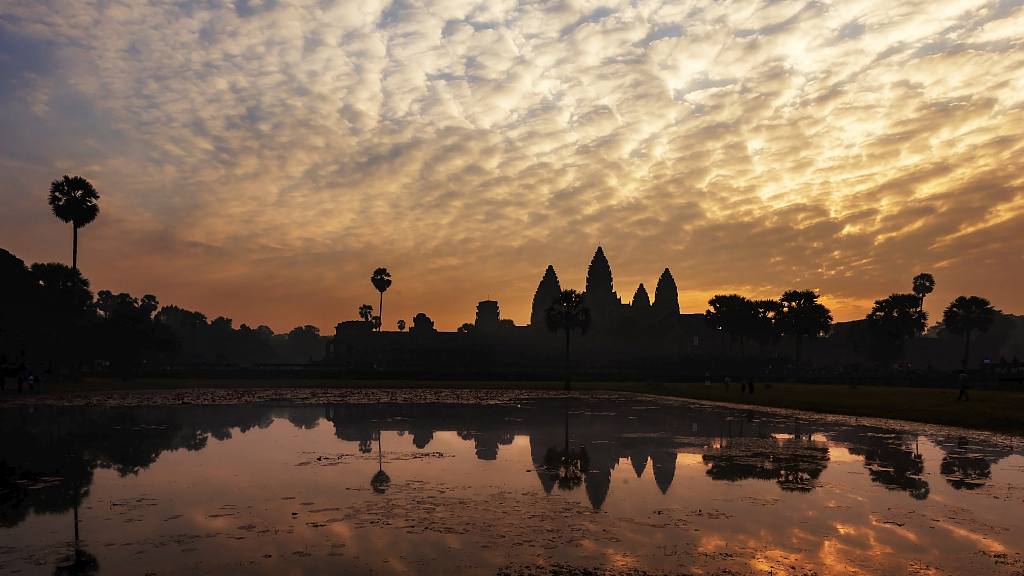
A general view of Angkor Wat. /VCG Photo
A general view of Angkor Wat. /VCG Photo
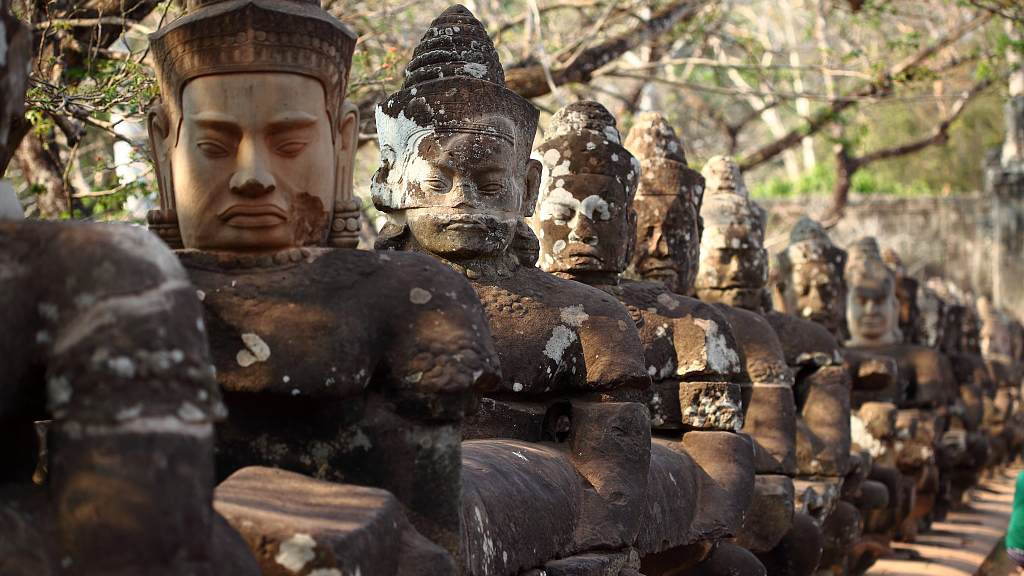
A view of the statues at the entrance path of Angkor Wat. /VCG Photo
A view of the statues at the entrance path of Angkor Wat. /VCG Photo
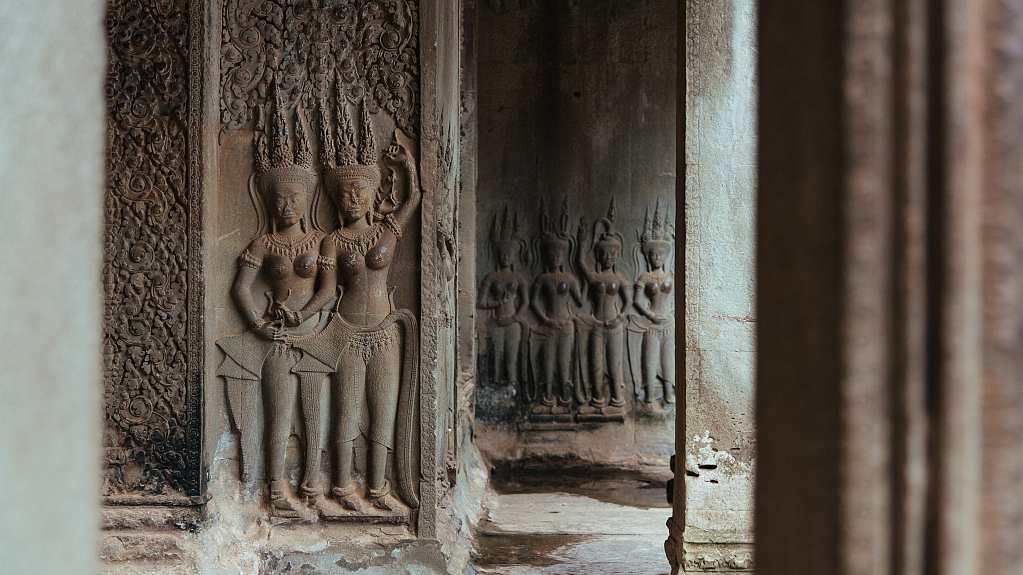
An embossment in Angkor Wat. /VCG Photo
An embossment in Angkor Wat. /VCG Photo
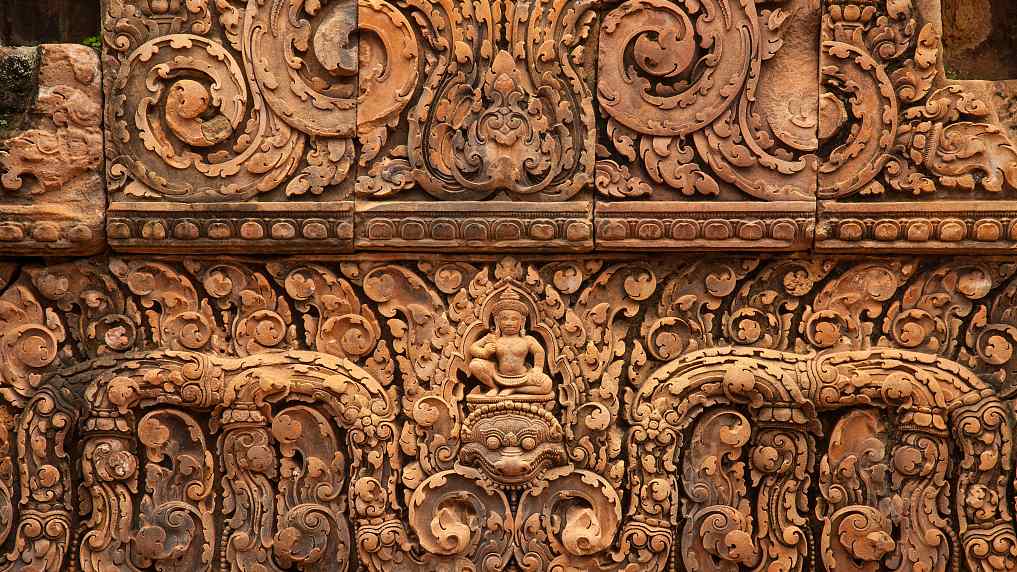
An embossment inside Angkor Wat. /VCG Photo
An embossment inside Angkor Wat. /VCG Photo
Instead of other materials like wood or rock, the main part of Angkor Wat is made of sandstone, a material the architects at the time were skilled with. But the binding agent of those sandstone blocks has not been confirmed yet.
The archaeological site is a good reflection of the prosperity and boom of the Khmer civilization. Besides, its magnificent and solemn design and the delicate sculptures inside, all give it high artistic value even hundreds years later.
Angkor was inscribed in the UNESCO World Heritage List in 1992.
What are the cultural elements that best represent Asia? Follow up the "Know Asia Better" series. It will offer you a glimpse of 47 Asian countries, through architecture, art or cultural figures to show you a diversified Asia that you may never have noticed before. Themed in the exchanges and mutual learning among Asian civilizations and building a community with a share future for mankind, the Conference on Dialogue of Asian Civilizations will be held in Beijing in May.
(Cover by Fan Chenxiao.)

SITEMAP
Copyright © 2018 CGTN. Beijing ICP prepared NO.16065310-3
Copyright © 2018 CGTN. Beijing ICP prepared NO.16065310-3